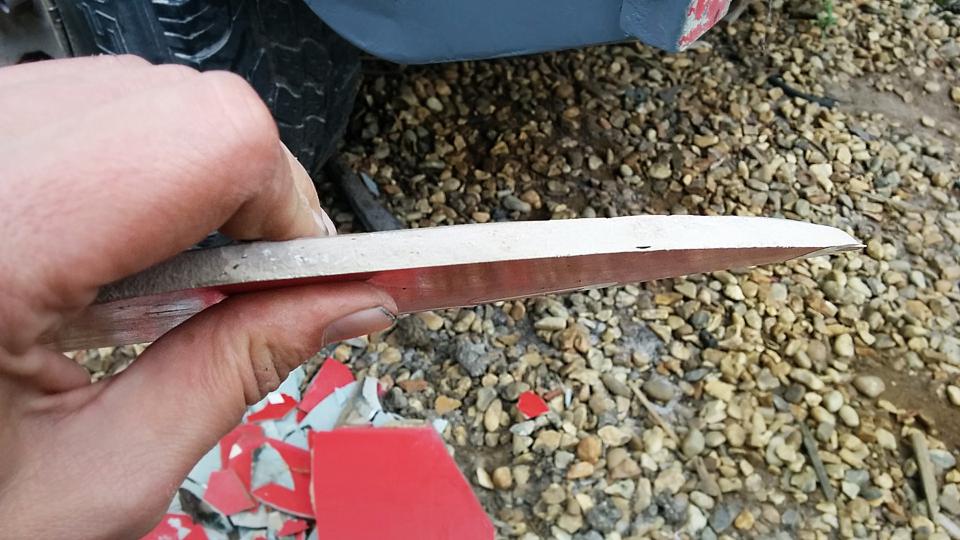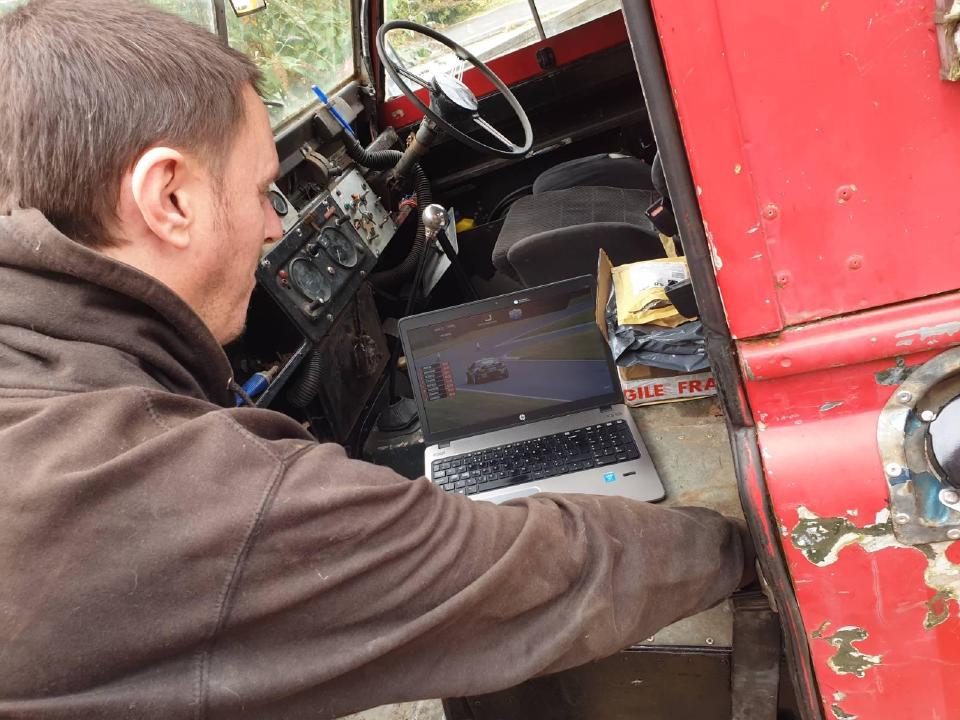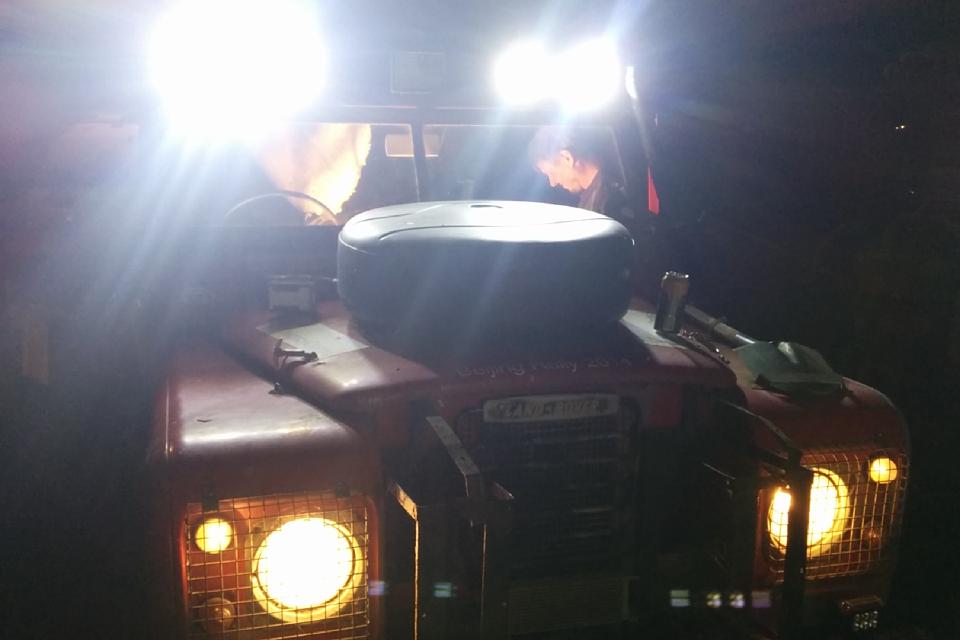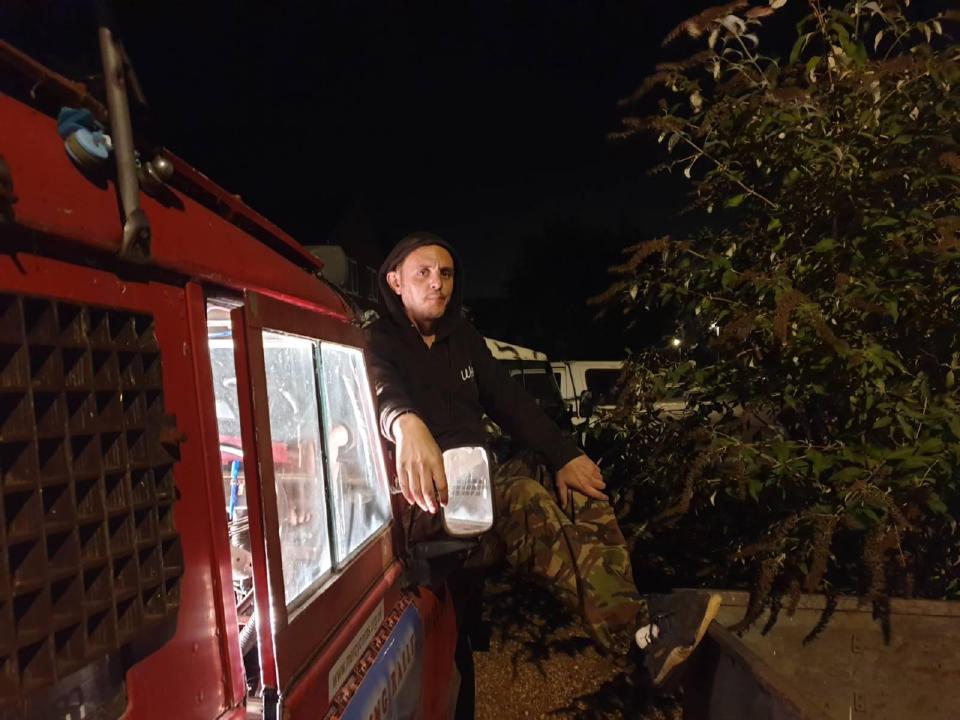A visit to the body filler mines of Norfolk
And that, kids, is where your Isopon P38 comes from!
This was not an act of wanton destruction and savagery. I would be lying if I said I didn't enjoy it, but it was necessary, because my brother's 1963 Land Rover had, as my brother sagely observed, a lot of filler.
Some time before my brother bought this Land Rover in 2008, someone had tried to make its bodywork a bit smarter, with a lot of filler. I cannot say that this was a terrible idea, because it held up as well as a monstrous amount of filler could reasonably hold up.
It took my brother rolling the car onto its side some years ago to crack it severely, with some help from daily driving for years, three road trips to Africa, and one gentle road trip to China via Kazakhstan and Mongolia. Even then, as ugly as it was, it was not an MOT failure, until someone picked off some bits of it, and then it was an MOT failure because of an exposed sharp edge.
So, with a lot of filler removed, and some help from a blowtorch, soap[1], and a selection of percussive persuasion tools, we had a straight panel again. I say "straight", though I actually mean "straight enough to be presentable on a battered Land Rover". I made sure that Alex was out of arms reach and did not have any power tools to hand when I said "that's straight enough, but do you know how we could make that panel absolutely perfect? If we got a lot of filler..."
Many other things were completed over the weekend, thanks to Alex's superhuman motivation. And also his ability to talk people out of whatever else they wanted to do and into helping him.
I had other things to do with my current project-within-a-project on the P5 (more on this soon-ish), but after the filler-mining was complete of course I stayed up much longer than I was expecting to stay up, helping him wire in a pair of new horrifically-bright LED light bars, because Alex can talk toothpaste back into the tube...
...which took us into the early hours of the morning, and all of that was definitely a good way to spend 14 hours!
Thanks to Alex for the video and a couple of the pictures in this post.
[1] With very thin aluminium such as that of a Land Rover body panel, you mark the area you want to with ordinary soap. Heat that area with a blowtorch. When the soap turns black, it is at a temperature that is more-or-less optimal for percussive reshaping. :)



